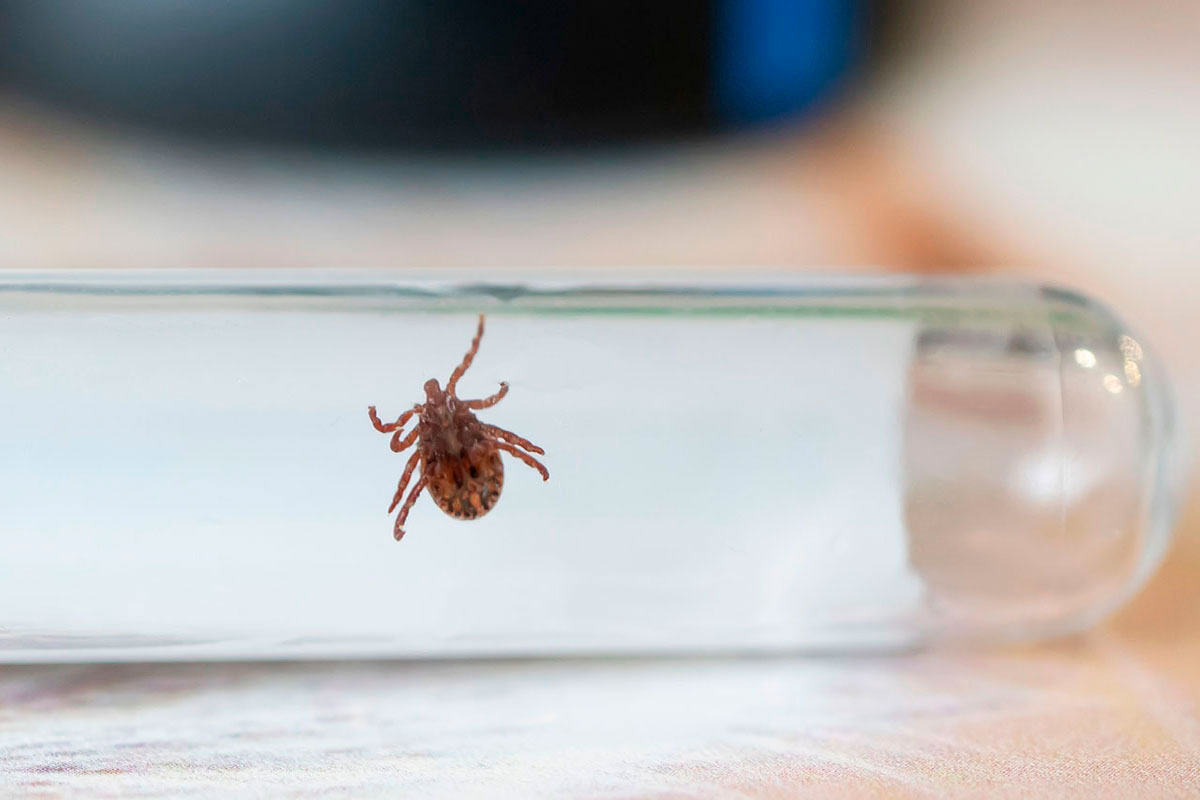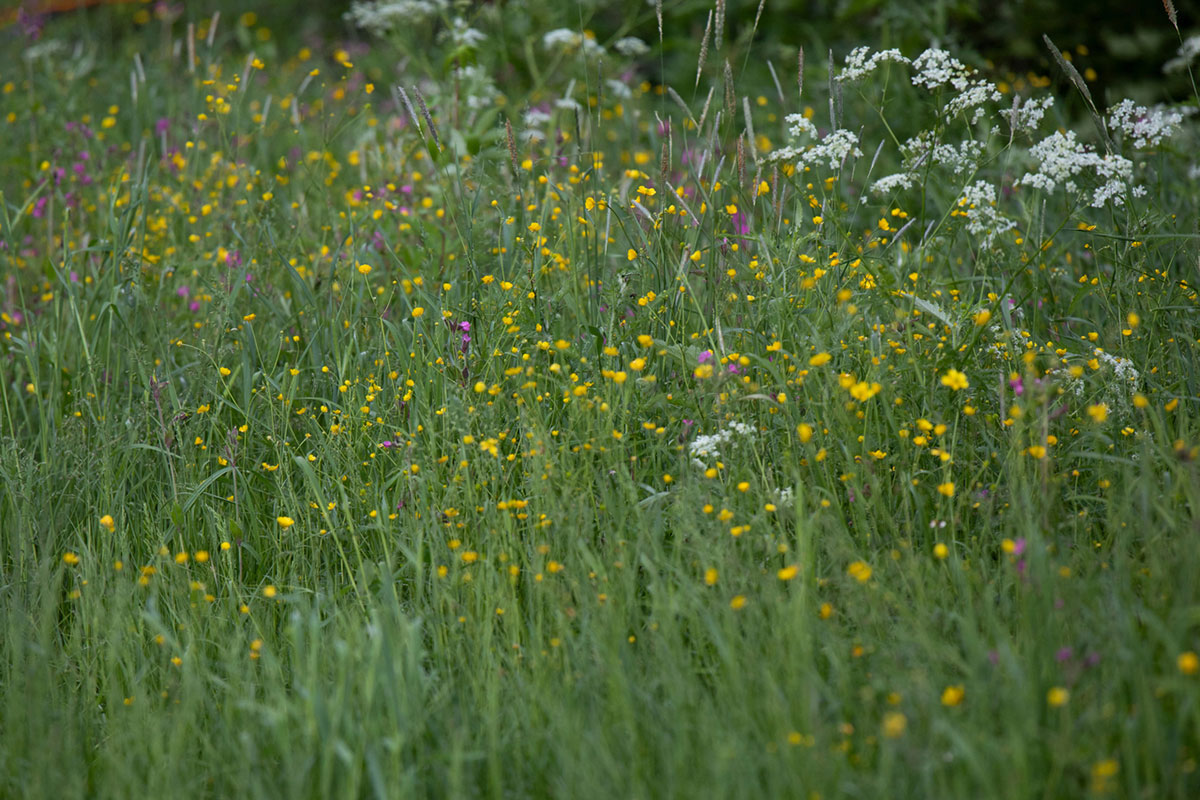My Oulu: More tick sightings in Oulu than in Turku – the early-activating taiga tick the dominant species in Oulu

Tick season is on and Oulu region has become a hotspot of taiga ticks in Finland. Picture: Mostphotos
The start of spring and the resultant increase in temperature has meant that the tick season has begun in Finland. Ticks are active in a temperature of more than 5°C. The Punkkilive app shows that, in the Oulu region, there were many tick sightings in May. By 24 May, there had been 1,476 sightings.
In the Oulu region, there have been more tick sightings than in Turku for example, even though the snow in the Oulu region melted later than it did in the Turku region. According to Jani Sormunen, a research doctor at the Biodiversity Unit of the University of Turku, this is explained by the fact that the taiga tick is the dominant species in Oulu
“In spring, they begin moving earlier than the sheep and cattle ticks that are encountered in the south,” he says.
Sormunen elaborates, saying that practically all taiga ticks that infect humans and pets are adult individuals, while in the case of sheep and cattle ticks, it is the smaller nymphs that spread more rapidly. Taiga ticks start moving earlier and at the same time also in colder weather. They are also easier to spot than the sheep and cattle ticks in Southern Finland.
Sheep and cattle ticks are arachnids. They are very small in size, and no more than 4 mm long when fully grown. When sucking the blood, however, they can be considerably larger. In Finland, there are approximately 1,500 species of tick, two of which are the sheep and cattle tick and the taiga tick.
The tick situation in Oulu eases in late summer
The tick season in the Oulu region is at its height in spring and early summer. According to research doctor Jani Sormunen, the activity of the taiga tick, which is the main species in the Oulu region, decreases significantly after Midsummer, after which sightings become rare.
“In the south, however, August and September are often the worst time for ticks. In other words, in Oulu sightings for the whole year are concentrated between April and June, whilst tick sightings in the south are quite plentiful right up until September-October,” he says.
Ticks like damp regions with dense undergrowth. They may be present in forests, meadows, grasslands and vegetation-covered verges. They can attach themselves not only to humans but also to pets moving through long grass.
According to Johanna Hatunen, Director of the Animal Hospital of Northern Finland, the tick situation in Oulu is relatively similar to previous years.
”This spring, we’ve noticed in our emergency department that the ticks are moving around a little earlier than normal,” she says.
According to Karoliina Heikkinen, a veterinarian at the Veterinary Hospital of Northern Finland, the number of ticks this spring has been the same as in previous years. Ticks have usually been more common in spring and early summer than in late summer.
They lurk in long grass
Ticks live for only 2 to 4 years, so they need a meal of blood in every development phase. For this, they need to attach themselves to a suitable host animal. A tick waiting in vegetation attaches itself to a passing animal or human by its front legs. A tick that has adhered to the skin can be removed, but the tick bite may not be noticeable. Tick bites can be prevented using long-sleeved shirts and long trousers.

Of the ticks found in Finland, taiga ticks and sheep and cattle ticks mainly transmit two major diseases to humans: Lyme disease (Lyme borreliosis) and tick-borne encephalitis (TBE). There is no vaccine against Lyme disease in humans, but it is treated with antibiotics. There is no treatment for TBE and the recovery period is long, but there is a vaccine against it.
Getting a tick vaccine for yourself
Residents of Oulu are not entitled to a free-of-charge tick vaccine. A prescription can be requested by calling your health centre or sending a message through the Oulun omahoito service. The vaccine is available from pharmacies and an appointment for vaccination must be booked through the Oulun omahoito service. According to the vaccination recommendation of the Finnish Institute for Health and Welfare, it is recommended that residents and cottage-owners in Hailuoto who are outdoors in nature should be vaccinated against ticks at their own expense.
Dogs can get borreliosis from ticks, but there is a tick vaccine for dogs that prevents the transmission of borrelia bacteria to dogs. There are also medicines developed for dogs to repel ticks, such as solutions to be applied to the dog’s skin, tick pills and medicated tick collars. Dogs also need a daily examination for ticks.
Punkkilive charts the tick situation
The University of Turku and Pfizer have developed the Punkkilive app, which was introduced in May last year. In the app, you can add your own tick sightings. In the sightings map on the website, you can also check how ticks are spreading in the area of Finland. The site also has information about ticks and the diseases that they cause.
The prevalence of ticks and the diseases that they cause have increased in the Åland Islands and Southern Finland. The area of distribution of ticks has increased in Finland in recent decades, now also extending to northern Finland. The warming of the climate has been thought to be the reason for the increasing spread of ticks.
